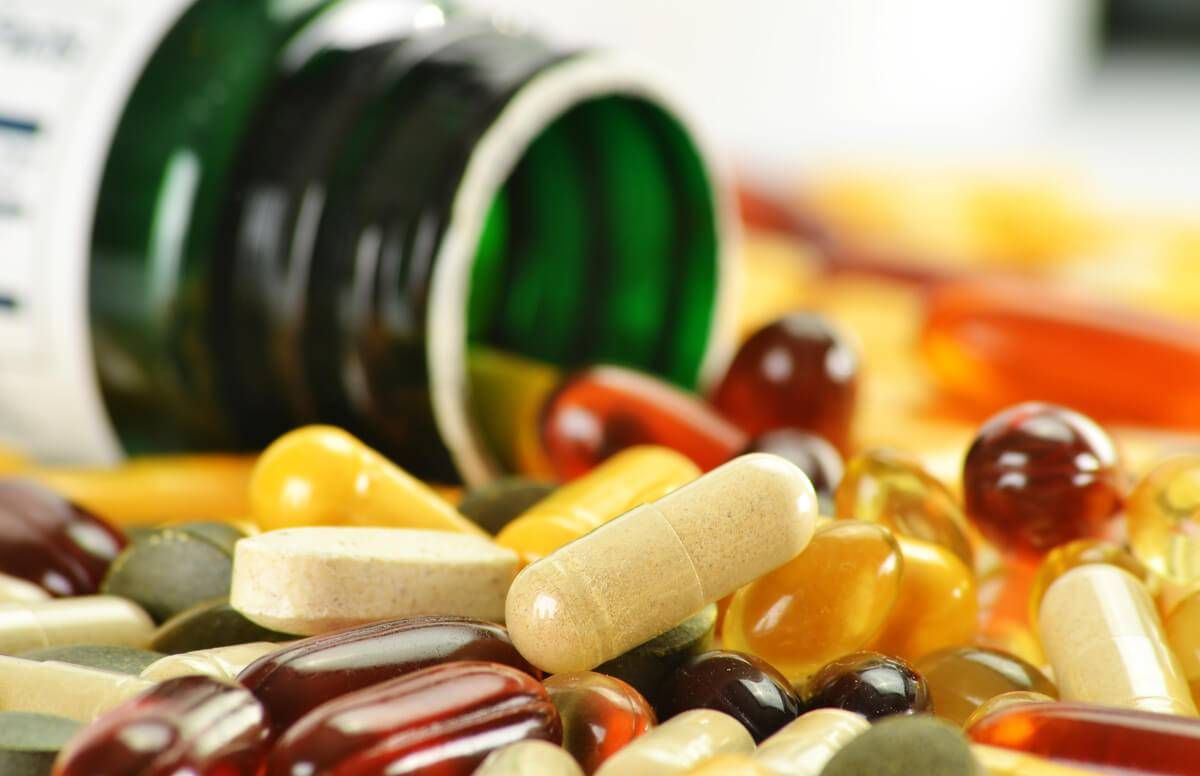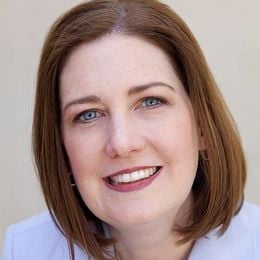7 Ways to Save on Medications in the Pandemic
Tips to lower your out-of-pocket costs at the drugstore and online
Millions of Americans are struggling to afford their medications during COVID-19, including some with health insurance, the nearly 27 million who lost coverage due to a job loss and those who never had it. But there are quite a few ways to lower your prescription drug costs in the pandemic.

The sticker shock is real. In July, according to the GoodRx site, 67 prescription drug prices rose an average of 3.1%; prices for 857 brand-name and generic drugs increased by an average of 6.8% from January 1 to June 30, 2020. Refills for common medications such as insulin for diabetes and Nexium for heartburn can cost around $300.
The coronavirus has only worsened the medication cost crisis for those with chronic diseases who are unemployed or facing financial hardships.
7 Ways to Save on Prescriptions
Here are seven ways to save money on medications in the pandemic:
1. Pay out-of-pocket (cash prices) instead of co-pays. The out-of-pocket price of medications is usually much lower than the average health insurance co-pay for them. You can save a lot of money (often up to 80%) by buying your medications directly from a pharmacy and skipping insurance altogether.
Don't assume that doctors and pharmacists will automatically prescribe the most cost-effective treatment.
If you have prescription drug coverage and are unclear about the most affordable pricing, ask your local trusted pharmacist about the price for your medications without insurance vs. with insurance. Note: in some states, it is illegal for a pharmacy to charge a co-pay when the cash price is lower.
2. Switch to an online pharmacy. Retail pharmacies can mean getting stuck waiting in long lines and risking exposure to COVID-19. Online pharmacies are simpler or more convenient since they ship your medications straight to your door.
Online pharmacies can be especially helpful for those who have just lost their jobs, and consequently, their health coverage, as well as people who were left out of the pandemic relief.
Honeybee Health, for example, doesn't accept insurance; its out-of-pocket prices are generally lower than the average co-pay. Dr. Jessica Nouhavandi, its lead pharmacist and co-CEO, co-founded the company to ensure that everyone has affordable access to generic medication — regardless of whether they have health insurance.
Our Commitment to Covering the Coronavirus
We are committed to reliable reporting on the risks of the coronavirus and steps you can take to benefit you, your loved ones and others in your community. Read Next Avenue's Coronavirus Coverage.
3. Switch to a 90-day supply. That can be helpful if you're on maintenance medications, such as ones to treat chronic conditions like high blood pressure, high cholesterol, anxiety, depression or type 2 diabetes.
Instead of having to worry about getting a refill every month, it is much more affordable and convenient to buy a three-month supply at a time.
But you may have to do it through an online pharmacy that doesn't require insurance, since insurers sometimes restrict the number of refills you can pick up at one time.
4. Use pharmacy savings cards and online programs. Pharmacy savings cards can offer significant discounts on drug prices at the pharmacy counter. Programs like the new Carecard let you search your prescription online to find the lowest prices at local pharmacies, whether you have insurance or not. You just show the pharmacist your card (or mobile app) to gain instant savings. A 10-second search could save you hundreds on your next drugstore visit.
SingleCare and GoodRx are two other prescription discount programs. Both sites promise savings of up to 80% off the cost of prescriptions.
5. Evaluate your health insurance or prescription drug plan. You'll want to know what's covered and, more importantly, what's not.
"Take the time to comprehend what your co-pay and insurance costs are, how big your deductible is and which health care and pharmacy providers are in your network," says David Hannon, founder and CEO of Carecard. "If your current plan doesn't meet your current health care needs, consider adjusting your coverage or finding a new plan. You may have other options that better suit your personal needs."
Starting in January 2021, Medicare Part D (health insurance for people 65 and older) will introduce its Senior Savings program limiting the cost of most insulins to $35 for a 30-day supply and no deductibles.
There are also patient assistance programs for insulin to reduce the co-pay, sometimes to zero.
6. Ask for generic medications when you can. Don't assume that doctors and pharmacists will automatically prescribe the most cost-effective treatment. Physicians often prescribe drugs they're familiar with.
Hannon says generics are just as effective as brand-name equivalents and usually cost about 80% less, on average.
Be sure to ask your pharmacist if there is an equally effective, less expensive generic alternative for your prescription. And check with your physician to see about changing medication to something more affordable than what was prescribed.
7. Sign up for an HSA or FSA. If you have health insurance, an HSA (health savings account) or an FSA (flexible spending account) can help save you on out-of-pocket medical expenses. Both let you contribute a portion of your pre-tax income to pay for eligible medical expenses like co-pays and prescriptions.


